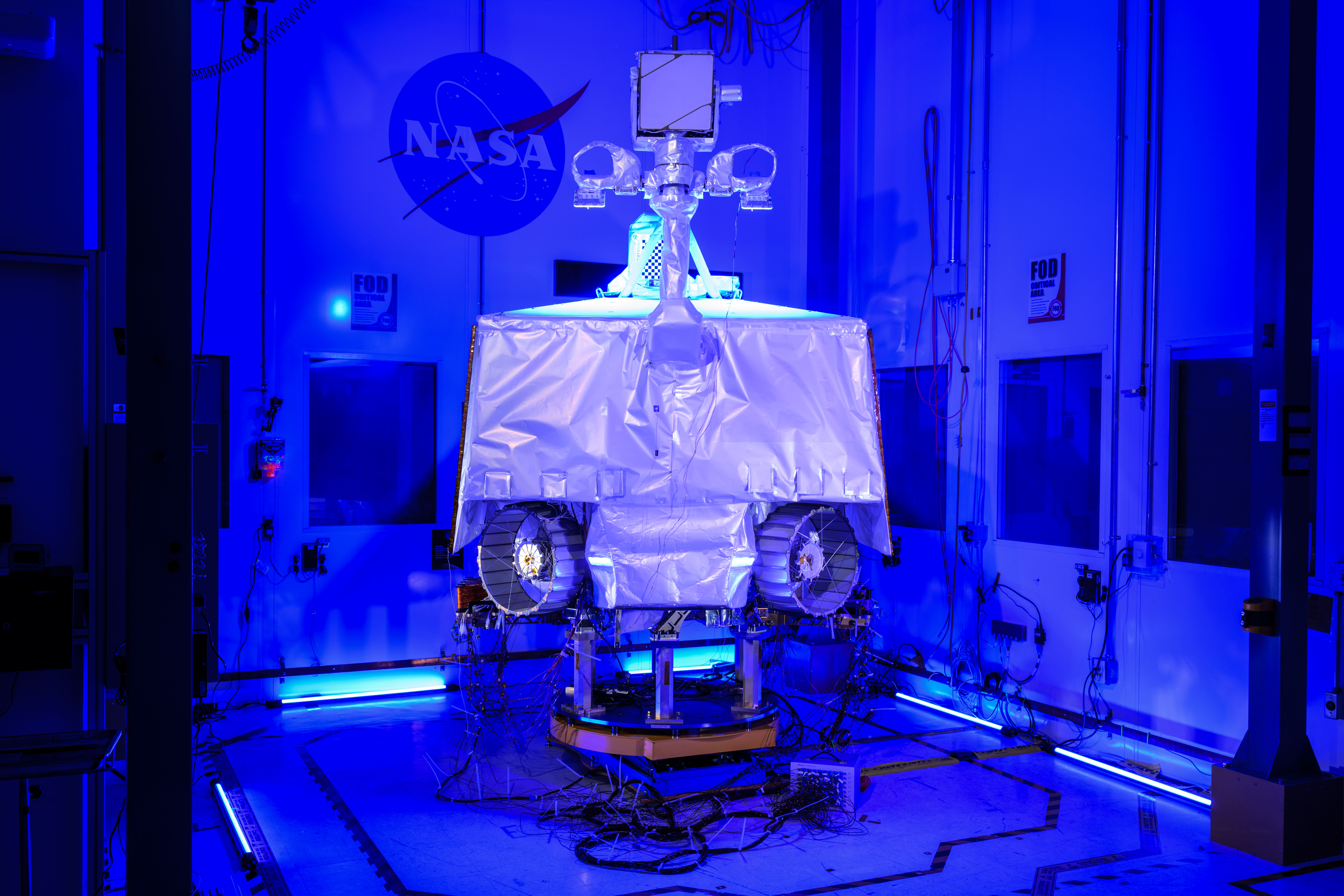
NASA announced on Wednesday, after a comprehensive internal review, its intention to halt development of the VIPER (Volatile Arctic Exploration Vehicle) project.
NASA cited rising costs, launch delays, and the risk of future cost growth as reasons for the mission’s cancellation. The spacecraft was originally scheduled to launch in late 2023, but in 2022, NASA requested a delay to late 2024 to allow more time for initial testing of the Astrobotic lander. Since then, additional schedule and supply chain delays have pushed VIPER’s readiness date to September 2025, and the launch of CLPS (Commercial Lunar Payload Services) autonomously on Astrobotic’s Griffin lander has been pushed back to a similar time. Continuing VIPER would result in cost increases that threaten to cancel or disrupt other CLPS missions. NASA has notified Congress of the agency’s intention.
“We are committed to studying and exploring the Moon for the benefit of humanity through the CLPS program,” said Nicola Fox, associate administrator for NASA’s Science Mission Directorate at NASA Headquarters in Washington. “The agency is planning a series of missions to search for ice and other resources on the Moon over the next five years. Our path forward will leverage the technology and work that has gone into VIPER, while preserving critical funds to support our robust lunar portfolio.”
NASA plans to disassemble and reuse VIPER’s tools and components on future lunar missions. Prior to disassembly, NASA will consider expressions of interest from U.S. industry and international partners by Thursday, Aug. 1, to use the existing VIPER system at no cost to the government. Interested parties should contact [email protected] after 10 a.m. EDT on Thursday, July 18. The project is scheduled to wind down in an orderly fashion through spring 2025.
Astrobotic will continue the Griffin Mission One mission under its contract with NASA, working toward a scheduled launch no later than fall 2025. The non-VIPER landing will provide a flight demonstration of the Griffin lander and its engines.
NASA will seek alternative approaches to achieve many of the VIPER objectives and verify the presence of ice at the lunar south pole. The CLPS program is scheduled to be delivered in the future – The PRIME-1 spacecraft, Polar Resources Ice Mining Experiment-1, is scheduled to land at the South Pole in the fourth quarter of 2024, to search for water ice and conduct a resource exploitation demonstration using a drill and mass spectrometer to measure the volatile content of subsurface materials.
In addition, future instruments as part of NASA’s crewed missions—for example, the Lunar Terrain Vehicle—will allow for mobile monitoring of volatiles across the South Pole region, as well as provide astronauts access to permanently shadowed regions of the Moon for dedicated sample return campaigns. The agency will also use versions of three of the four VIPER instruments to land on the Moon on separate missions in the future.
VIPER is designed to search for ice and other potential resources on the Moon’s surface—supporting NASA’s commitment to studying the Moon and helping to unravel some of the greatest mysteries of our solar system. Through NASA’s lunar initiatives, including the human Artemis and CLPS missions, NASA is exploring more of the Moon than ever before using highly trained astronauts, advanced robotics, U.S. commercial service providers, and international partners.
For more information about VIPER, visit:
https://www.nasa.gov/viper
-end-
Karen Fox / Erin Morton
Headquarters, Washington
202-358-1600 / 202-805-9393
[email protected] / [email protected]

“Web maven. Infuriatingly humble beer geek. Bacon fanatic. Typical creator. Music expert.”





More Stories
Scientists confirm that monkeys do not have time to write Shakespeare: ScienceAlert
SpaceX launches 23 Starlink satellites from Florida (video and photos)
A new 3D map reveals strange, glowing filaments surrounding the supernova